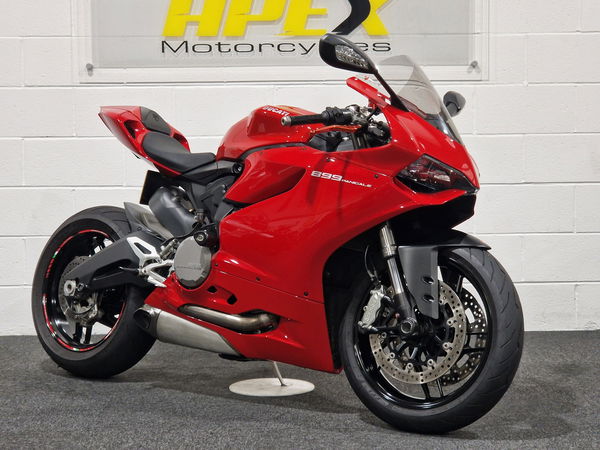Motorcycle racer blends two and four-stroke design in 1,300cc single
The motorcycle racer’s ‘hybrid’ engine is reputed to rev to 9,500rpm and produce a very healthy 150bhp!
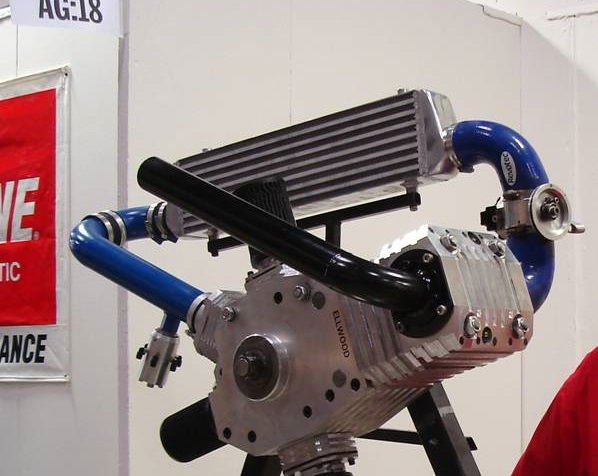
FOR many motorcycle engineers, blending the power density of a two-stroke with the frugality of a four-stroke is the holy grail of engineering solutions.
Two-strokes offer, generally speaking, more power per cc than their four-stroke competition. But four strokes offer more frugality and are, for the most part, easier to get through modern emissions regulations. And there are many more pros and cons for each, all of which push a curious engineer’s mind into wondering ‘what would happen if we could blend the two together…?’
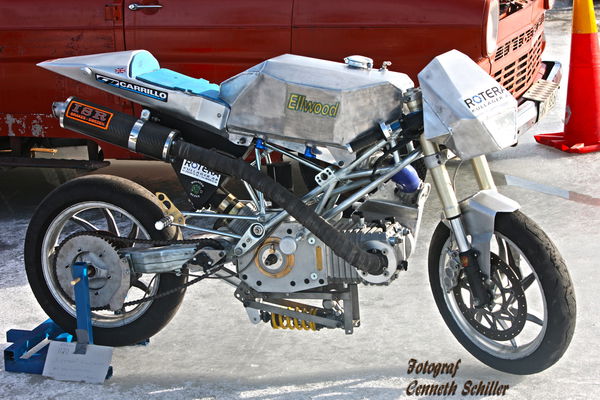
Well, that is a question that has partly been answered by an engineer in Sweden. First up, this isn’t some weird three-stroke or even one-stroke design. John Ellwood’s ‘Hybrid’ still produces power on every fourth revolution of the crank – suck, squeeze, bang, blow. The hybrid part of the design comes from not only the method of induction but also the actuation of the valves. Think of it like a four-stroke, with the reed valves and induction system of a two-stroke, and a rotary valve head!
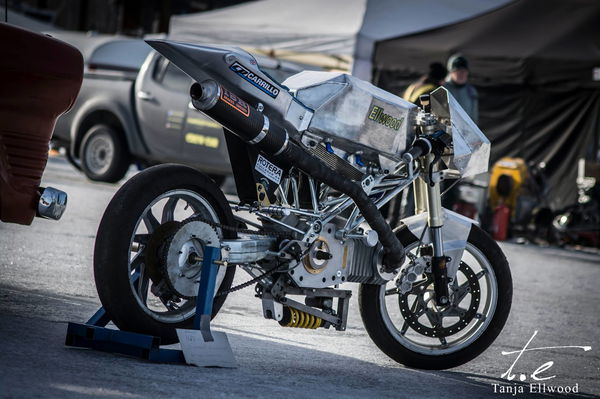
The crank is what sucks the engine into the crankcase before it is fed into the combustion chamber. As the charge is ignited, the power stroke is then used to compress another batch of air and fuel, which is contained by the reed valves before it is ready to be used again. It's like a form of two-stroke supercharging, in that the air is held in place for one revolution while it is compressed before being fed into the combustion chamber. The head of the engine is where things get even more interesting, as instead of conventional valves actuated by cams and rockers, John has opted for a belt-driven rotary cross-head valve. This is timed to allow for induction, exhaust and ignition, and features just a single opening for all these purposes.
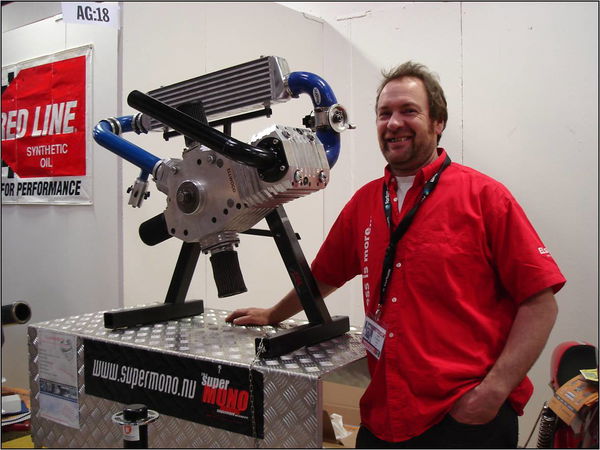
It’s a complex design to get your head around, or at least it took me a while, but it seems to work okay with its maker talking about a peak power of 150bhp and a 6,000rpm redline. 6,000rpm is a lot for any single, let alone one with 1,298cc of the piston to move about.
John first set out on the quest in the mid-1990s and has since then created this engine and a 500cc unit based on an old speedway motor he had lying around. Both are home-built marvels, and you can check them out in more detail (and watch them in action) over on his website.

